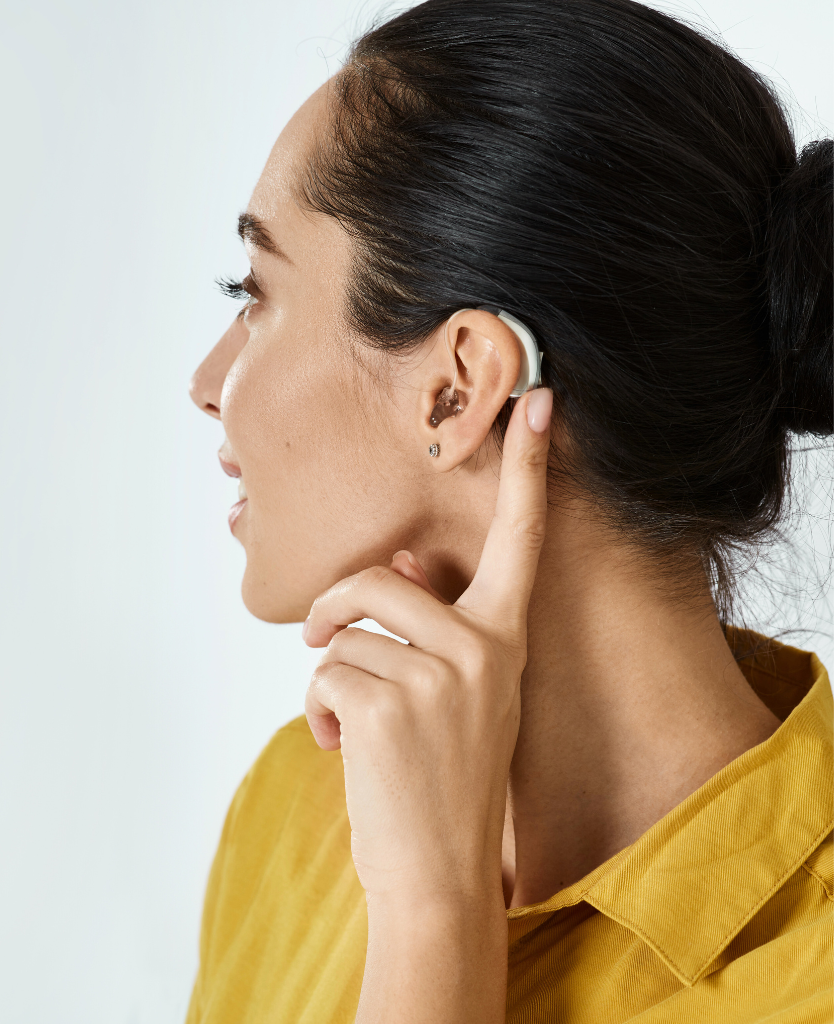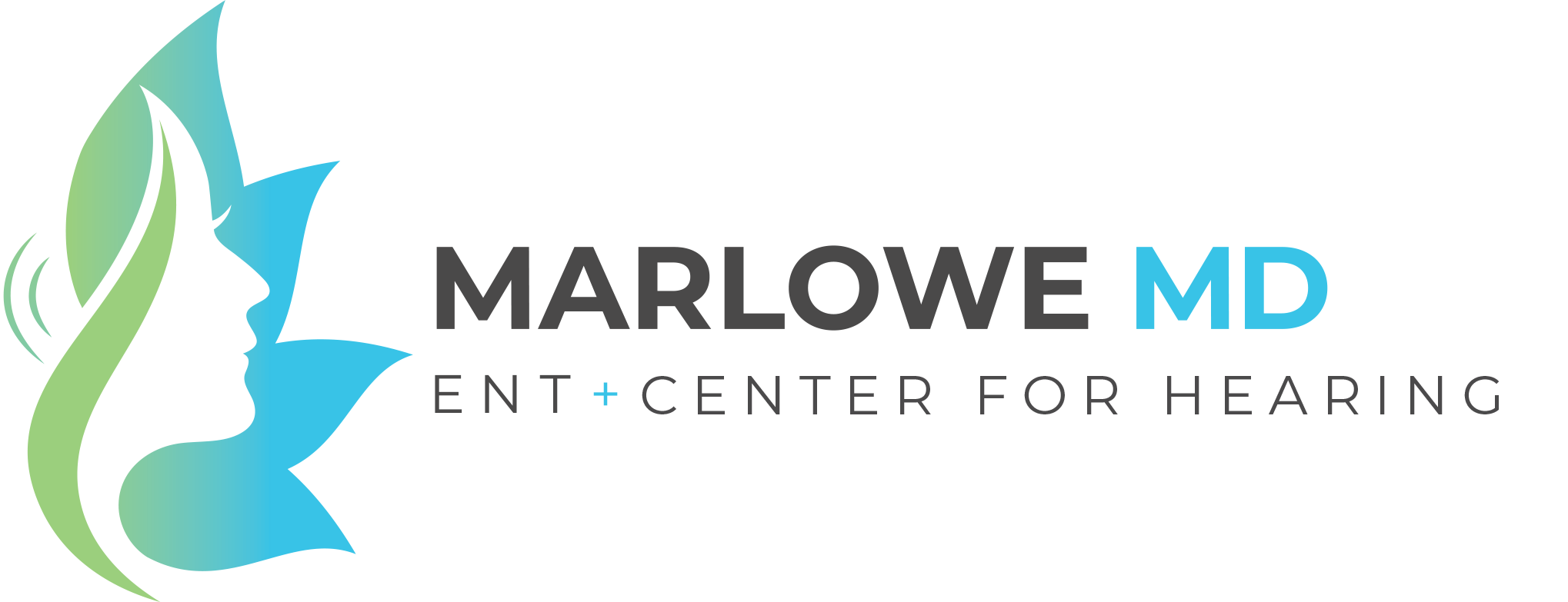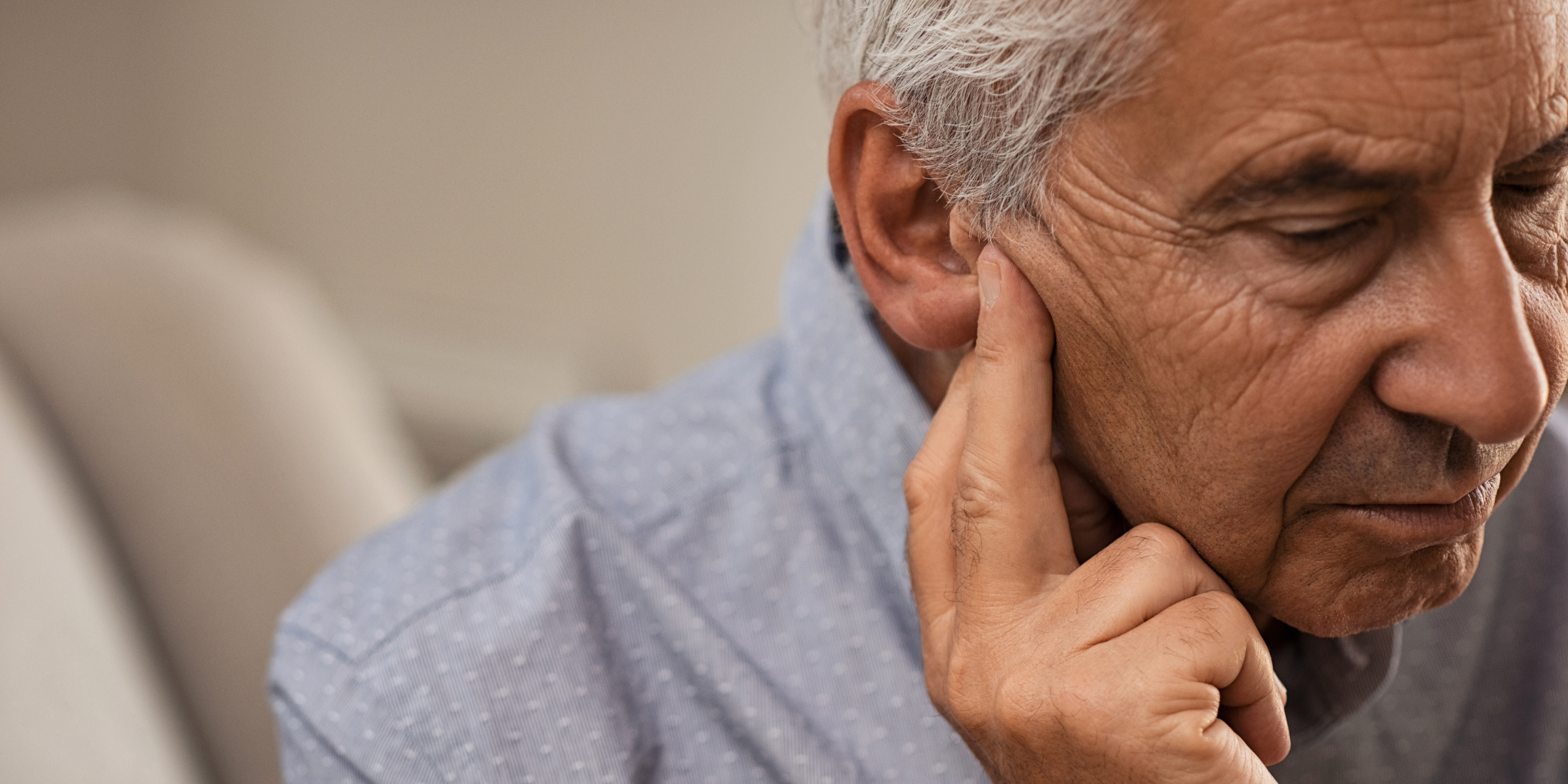Comprehensive Hearing Loss Evaluation and Treatment at Marlowe MD
Hearing loss affects millions of people and can significantly impact your daily communication and overall quality of life. At Marlowe MD’s Center for Hearing, we recognize the importance of clear, effective hearing and provide expert evaluation and treatment to address all forms of hearing loss. Whether your hearing loss has developed gradually or occurred suddenly, our specialists are dedicated to finding solutions that improve your auditory health and help you regain confidence.
What Is Hearing Loss and How Does It Affect Your Daily Life?
Hearing loss is the partial or complete inability to perceive sound in one or both ears. It can develop over time due to aging or noise exposure or occur suddenly due to injury or infection. People of all ages experience hearing loss, though many do not seek treatment until it disrupts their daily routines. Early evaluation is key to preventing further hearing deterioration and maintaining quality of life.
What Causes Hearing Loss?
One of the most common causes of hearing loss is age-related changes, also known as presbycusis, which typically affects individuals over time. Noise exposure, whether through occupational hazards or recreational activities, is another leading cause of hearing loss. Ear infections and fluid buildup in the middle ear can also affect hearing, especially if left untreated. In some cases, hearing loss can be hereditary, with genetic predispositions making some individuals more prone to auditory decline. Certain medications, called ototoxic medications, can damage the inner ear and cause temporary or permanent hearing loss. Identifying the root cause of your hearing loss allows our specialists to create a tailored treatment plan to restore your auditory function.
What Are the Early Signs of Hearing Loss?
The early signs of hearing loss are often subtle but easy to recognize once you become aware. You may struggle to follow conversations in noisy environments, ask others to repeat themselves frequently, or notice that the television or phone volume feels insufficient unless turned up significantly. Some people also experience a constant ringing or buzzing sensation in their ears, known as tinnitus. If you notice these symptoms, scheduling a hearing assessment at Marlowe MD can help detect hearing loss early and prevent further progression.
What Are the Different Types of Hearing Loss?
Hearing loss can generally be classified into three types: conductive, sensorineural, and mixed. Conductive hearing loss occurs when there is a blockage or structural issue in the outer or middle ear, such as earwax buildup or fluid accumulation. Sensorineural hearing loss happens when there is damage to the inner ear or auditory nerve, often due to aging or prolonged noise exposure. Mixed hearing loss is a combination of both types.

Expert Hearing Loss Treatment
At Marlowe MD, we provide a range of treatment options based on your specific diagnosis. Our specialists may recommend advanced hearing aids that amplify sound and improve clarity, cochlear implants for more profound cases, or medical and surgical interventions to address infections or physical obstructions.
Protect Your Hearing with Marlowe MD
Protecting your hearing is essential for maintaining long-term auditory health. Preventive measures, such as avoiding loud environments and seeking early infection treatment, can significantly reduce your risk of hearing loss. If you’re experiencing any changes in your hearing, schedule your evaluation at Marlowe MD today and take the first step toward a future filled with clearer sound and improved communication.

